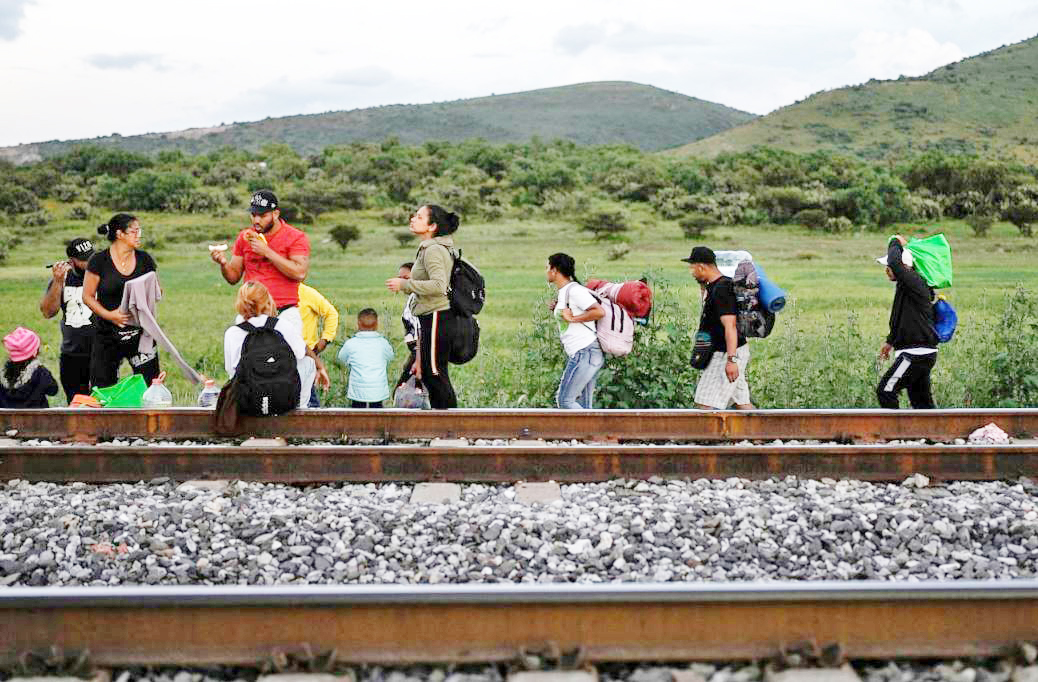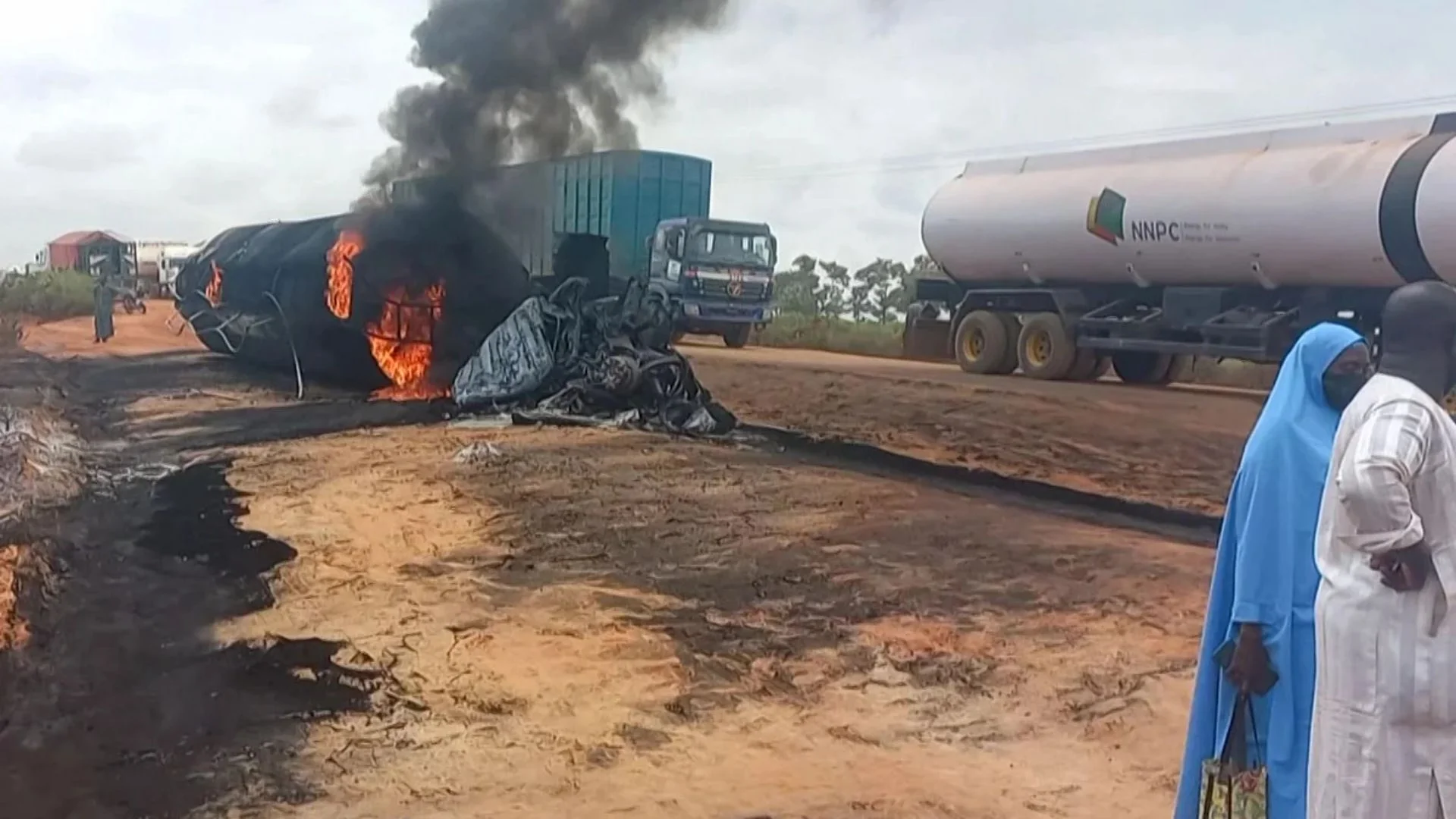A surge of migrants in Mexico has disrupted train services and led to the closure of a U.S. border crossing. This surge is part of a larger migration phenomenon involving an estimated 500,000 migrants this year. Migrants are transported from Colombia through the perilous Darien Gap jungle into Panama, where they continue their journey through Central America to the U.S. border.
In the Mexican town of Huehuetoca, migrants wait by the tracks, seeking to board passing trains. It’s reported that around 3,500 migrants are moved daily through jungle camps organized by smugglers in the Darien Gap.
The journey through the Darien Gap, which once took over a week, has been shortened to as little as two days for the fittest walkers, thanks to guides, established camps, and trail markers.
Colombian paramilitary groups are believed to dominate this smuggling operation, with proceeds partially funding Panama’s Indigenous groups. Panama has announced increased deportations in response to the record-breaking migrant flow.
The smuggling network has expedited the journey from Venezuela to central Mexico to just over two weeks, contributing to a 33% surge in U.S.-Mexico border detentions. Migrants’ motivations are diverse, driven by economic hardship and danger, but all seek a better life.
Mayerlin Bracamontes cuddled and played with her 5-month-old daughter while waiting for a train. She acknowledged the danger but took solace in the company of fellow Venezuelans who would help her pass the baby to those already aboard.
The migrants faced a perilous journey, targeted by corrupt officials, gangs, thieves, and sexual abusers at almost every step. Several described encountering the same grim scene along the jungle trail in Darien: decomposing bodies, including a woman and her new-born, a young couple, and an older, heavy-set man.
In Colombia, smugglers attached two concert-style bracelets to migrants’ wrists: one signified payment of a gang tax, the other a cut for Panamanian Indigenous groups. Beyond the jungle, migrants faced fewer complaints in Panama, Costa Rica, and Nicaragua, where officials aimed to move them along quickly.
In Guatemala, however, most migrants reported repeated sexual abuse and extortion by police. The deadliest part of the journey, apart from the jungle, awaited in Mexico, where they hopped aboard freight trains, collectively known as “The Beast.” Recent incidents involving migrants falling from trains prompted a major railroad to halt 60 freight trains temporarily due to safety concerns.
The flood of migrants into Eagle Pass, Texas, led to the closure of a bridge by U.S. Customs and Border Protection to redirect personnel for migrant processing.
For many migrants, the idea of train rides was daunting. Félix Rodríguez, a migrant from Venezuela, refused the risk, opting to find alternative ways to reach the border with his family.
Migrants preferred trains because Mexican authorities often removed them from buses, citing visa or asylum restrictions.
This surge wasn’t a disciplined caravan but rather small groups of migrants, often traveling with relatives or friends. Despite the dangers, a sense of solidarity among Venezuelans propelled them forward, taking care of each other on their challenging journey.

















